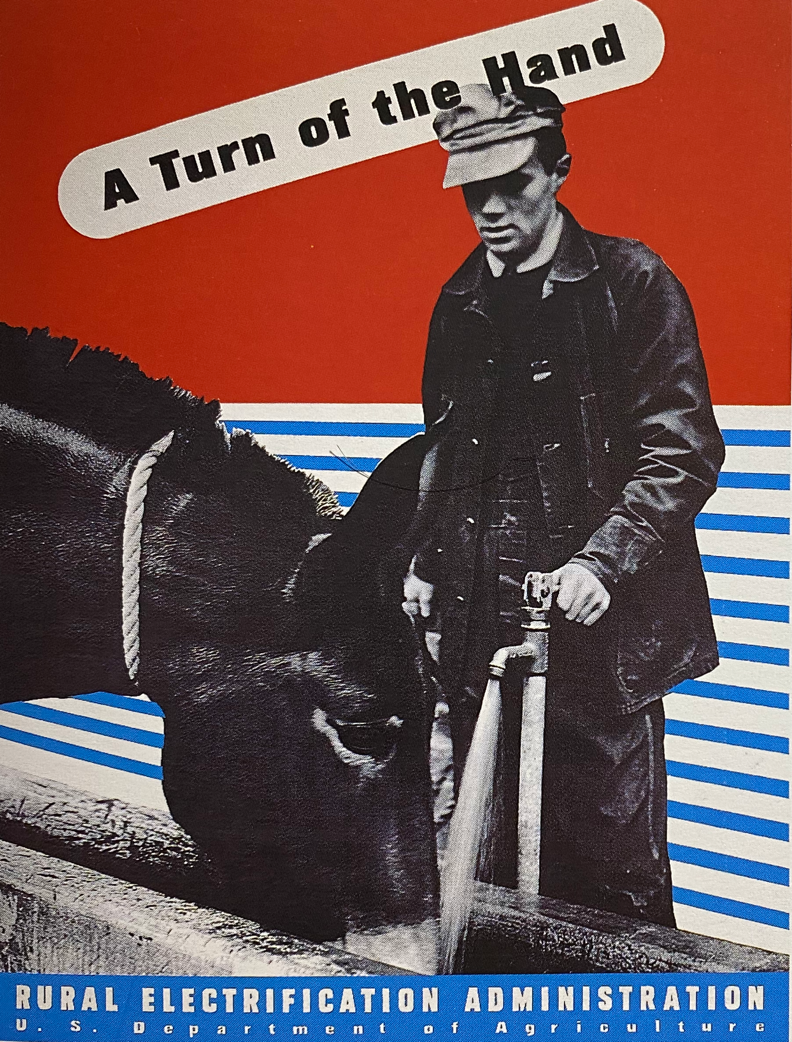The original Mini
A small car produced by the British Motor Corporation
The vehicle is in some ways considered the British equivalent to its German contemporary, the Volkswagen Beetle, which enjoyed similar popularity in North America. In 1999 the Mini was voted the second most influential car of the 20th Century, behind the Ford Model T. Initially, Minis were marketed under the Austin and Morris names, as the Austin Seven and Morris Mini-Minor, until Mini became a marque in its own right in 1969. The Mini Cooper and Cooper “S” were sportier versions that were successful as rally cars, winning the Monte Carlo Rally cars, winning the Monte Carlo Rally four times from 1964 through to 1967. John Newton Cooper was a co-founder, with his father Charles Cooper, of the Cooper Car Company. Born in Surbiton, Surrey, United Kingdom, he became an auto racing legend with his rear-engined chassis design that would eventually change the face of the sport at its highest levels, from Formula One to the Indianapolis 500. Charles Cooper ran a small garage that specialised in maintaining racing cars. His son John left school at age 15 to become an apprentice .

